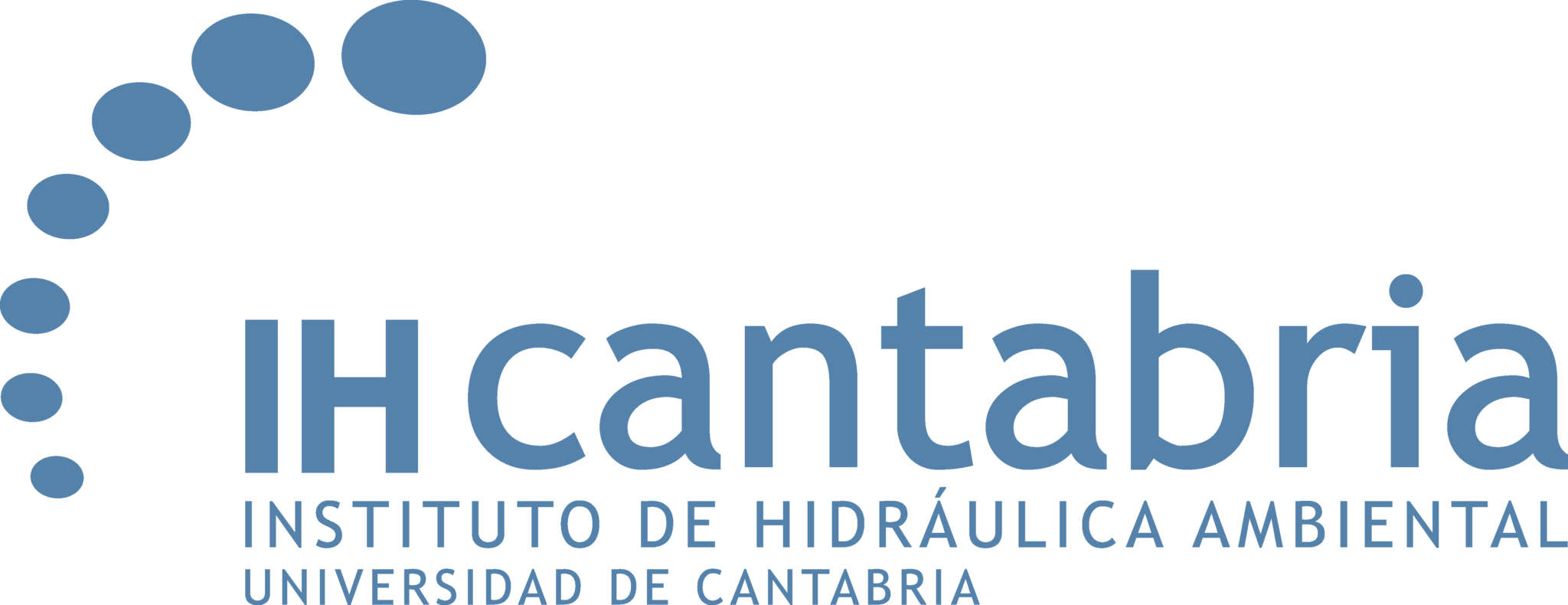NOTICIAS
IHCantabria researcher Manuel del Jesus systematizes a method to reduce uncertainties in the calibration of hydrological models
Manuel del Jesus Peñil, a researcher at IHCantabria and professor at the University of Cantabria, is, together with the hydrologist and researcher at the Joint Research Center of the European Commission, Jesús Casado Rodríguez, author of the article “Hydrograph separation for tackling equifinality in conceptual hydrological models” published in the Journal of Hydrology.
This research article includes the work of systematizing a hydrological model calibration method that, using traditional conceptual techniques, improves model predictions and, therefore, reduces uncertainty.
This new method is based on the decomposition of flows, separating the generation of the total discharge of rivers into a fast flow and a slow flow, following the traditional conceptual decomposition. The novelty of this proposal lies in the general and systematic approach applicable to all model parameters, generalizing some good practice rules that suggested using the recession curves of specific events to calibrate some model parameters.
This research aims to improve the calibration of hydrological models to reduce the uncertainty of predictions.
Regarding the methodology, the model has been calibrated following five different methods based on the decomposition of flows, and the optimal method has been determined, explaining why it works best.
Regarding the case studies, this procedure has been applied to the basins of the Sella and Cares rivers―both located in the “Picos de Europa” National Park (northern Spain)―after profusely testing it in synthetic basins whose parameters are already known.
Among the main conclusions, the following finding stands out: “the separation of hydrographs allows reducing the uncertainty of the calibrated parameters, which improves the predictions of the models and significantly reduces the calibration time, a fact that in turn results in saving resources “, stands out from Jesus.
This new calibration method provides more realistic and representative models of the behaviour of a basin, avoiding the risk of less reliable predictions being propagated to subsequent studies that use these results as input
Now, these researchers will continue reducing the predictions’ uncertainty, extending this calibration framework to other variables, such as evapotranspiration or snow accumulation.



